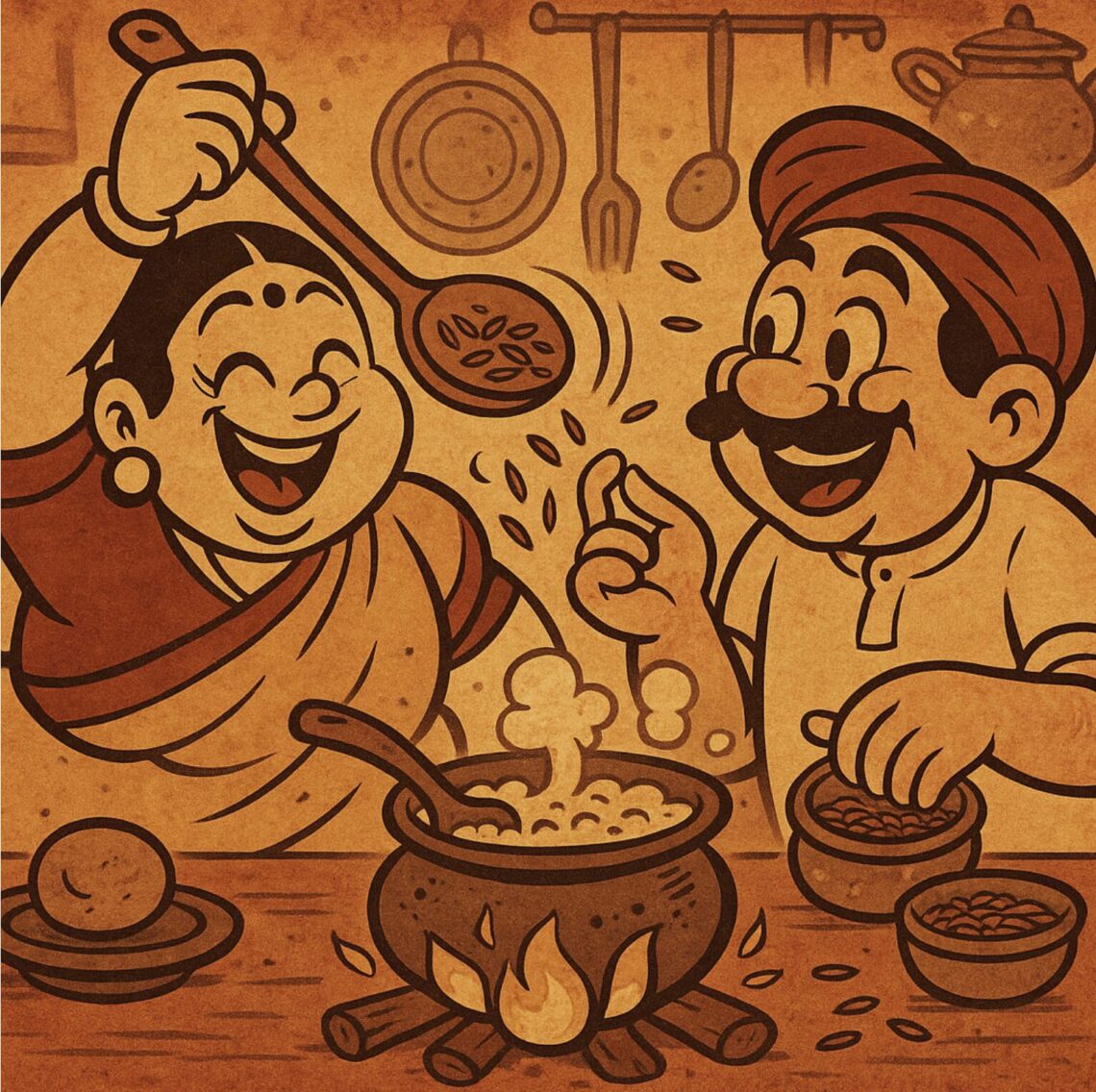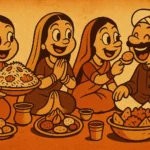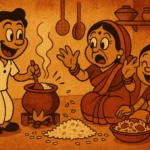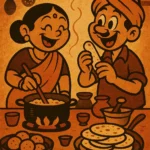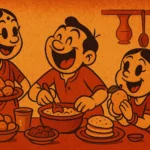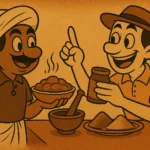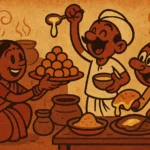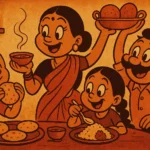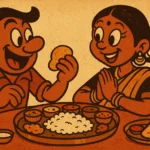The Jeera Trauma Timeline
Age 7: Bit down on an entire jeera seed mid-lunch. Convinced it was a rock. Cried. No one cared.
Age 9: Tried to sieve dal through a spoon to separate the seeds. My teacher thought I was performing some kind of science experiment. Called my parents.
Age 11: Ate at my friend Aanya’s house. Her dal had no jeera. It was buttery, smooth, maternal. I briefly considered asking to be adopted.
I later learned that different parts of India treat jeera very differently. In North Indian homes, it’s often tossed into hot ghee as a flavor base. In the South, it shares space with mustard seeds and curry leaves. In Gujarati cooking, it gets its own solo dance in the khichdi. Jeera is like the dependable character actor of Indian cuisine — always there, rarely celebrated, sometimes ruining the scene.
The Diaspora Jeera Crisis
When I moved to New York, I thought I was free. I had discovered Seamless. I had discovered hummus. I had discovered that I could live an entire week without cooking. But then came winter.
The kind of winter that makes you remember your mother’s voice without warning. The kind that wraps around your bones and asks, quietly, “Where is the pressure cooker?”
So I tried to make dal. Yellow moong. Just like home. And there I was, standing in my socked feet on a cold apartment floor, adding jeera to hot oil with the kind of tenderness usually reserved for apologies.
It popped. I flinched. The smell hit. And suddenly, I wasn’t annoyed. I was home.
When Jeera Became a Love Language
I still don’t love the texture of whole jeera seeds. But I don’t fight them anymore. They’re part of the rhythm. The sound of hot oil crackling in a pan. The smell that arrives just before dinner. The spice that says, “I made this for you, and I started at the beginning.”
These days, when I cook for friends, I use less jeera than my mother did. But I still use it. I let it bloom gently in the pan while I lean against the counter, waiting for something familiar to fill the room. Jeera is no longer the enemy. It’s the bridge.
Which just proves what all Indian mothers know anyway: digestion starts in the heart.
The author now lives in Austin, where they add too much tadka to everything and have stopped apologizing for it.
Born in Mumbai, now stir-frying feelings in Texas. Writes about food, memory, and the messy magic in between — mostly to stay hungry, sometimes just to stay sane.

